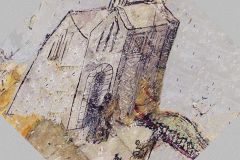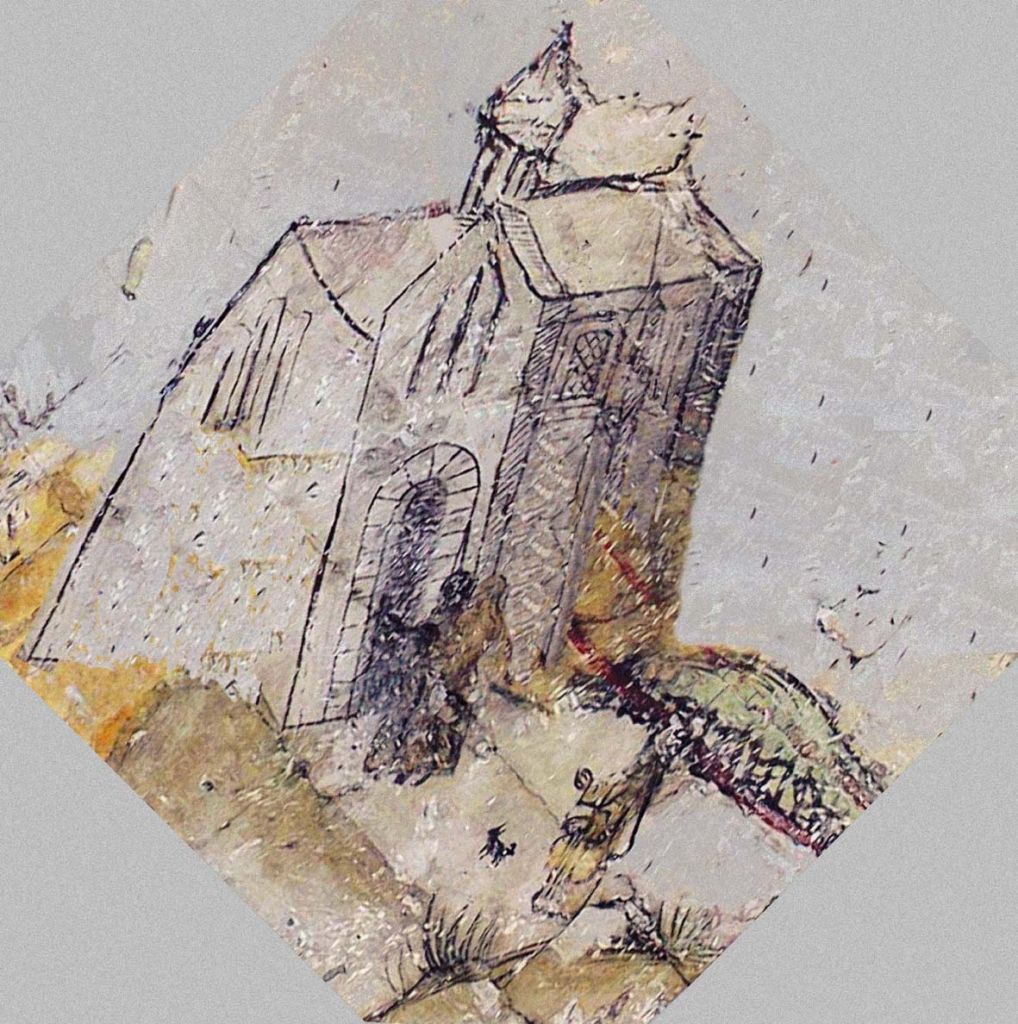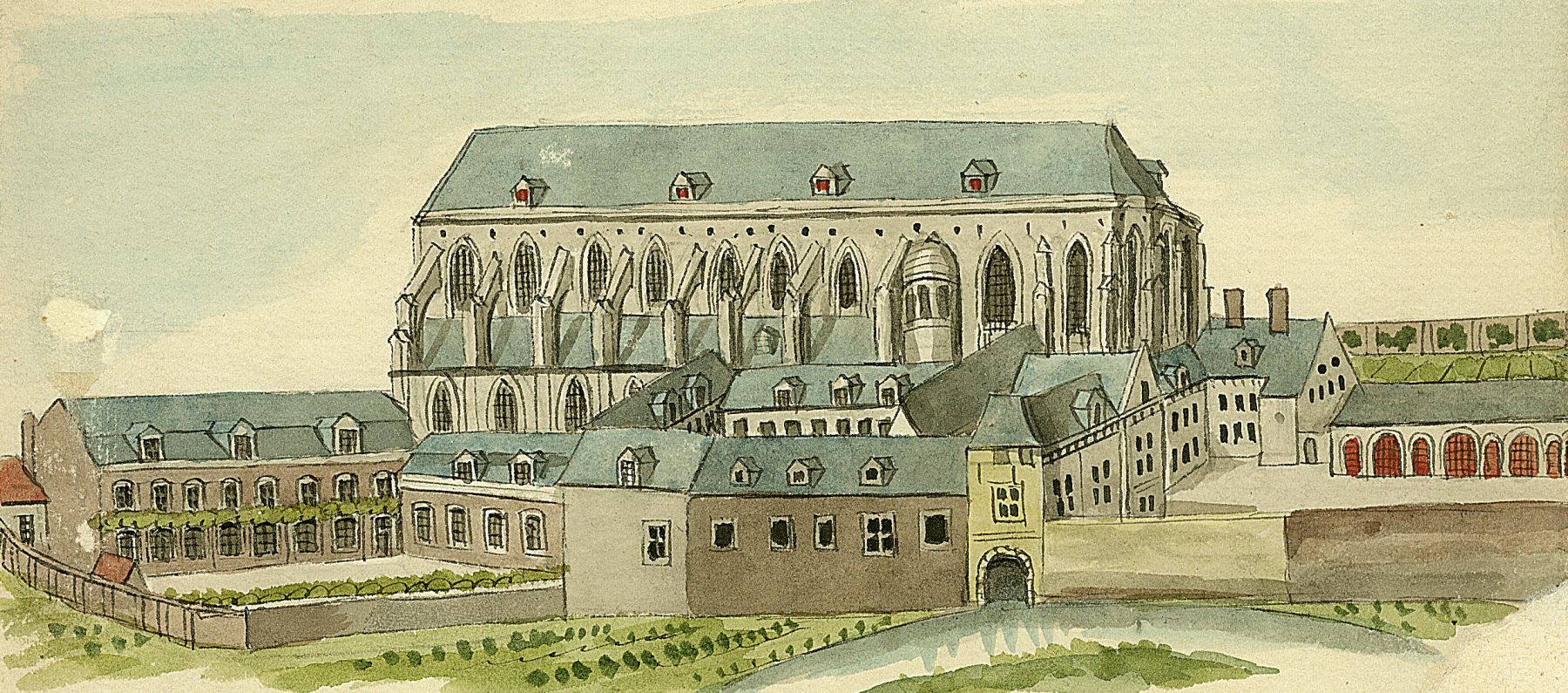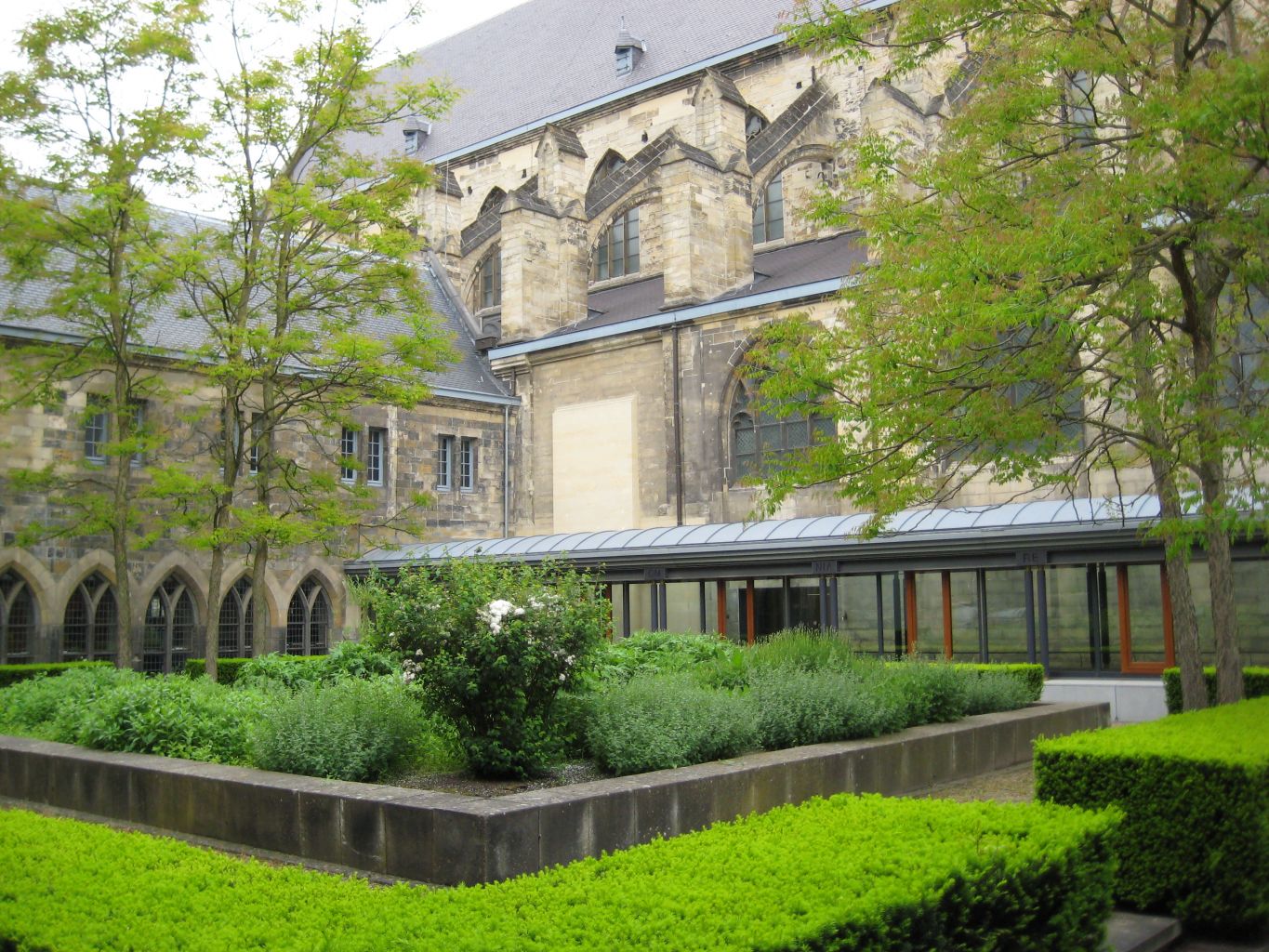
history Franciscan monastery
The Regionaal Historisch Centrum Limburg is housed in an old Franciscan monastery at the Sint Pieterstraat in Maastricht. The Franciscans first settled here in 1234, with the permission of the Bishop of Liege. The order was established shortly before in Italy, by the Holy Franciscus. Absolute poverty was their way of life.


history Franciscan monastery
The late gothic church, where our public services are now located, is a recognizable monument in the center of Maastricht. The current complex is the result of radical renovations in the years 1939-1941, and again in the period 1991-1996. On November 8, 1996, HRH Prince Willem-Alexander officially opened the newly renovated ‘Rijksarchief Limburg’ (State Archives Limburg’). Since then, we are pleased to make use of a building in which old and new have been brought together in both harmonious and contrasting ways.



Franciscan monastery
After many generous donations from the citizens of Maastricht, the Franciscans were ready to build a church in 1300. It was not until the 15th century that the choir of the church was completed.
In 1485 the church was in ruins already. It is likely that when the first restoration work began, the relieving arches and buttresses were built and the cloister constructed. After the conquest of the city by Spanish troops in 1579, another phase of reconstruction began in order to restore the great damage suffered by the church during the war.



abolishment of the monastery
The conquering of Maastricht by the troops of Frederik Hendrik in 1632 meant the end of the Franciscan monastery. In 1638, Father Vink and four others (forming the Five Heads or 'Vief Köp') were convicted and beheaded for treason. They were suspected of a plot to surrender the city to the Spaniards. In the following year, the Franciscan 'minderbroeders' were forced to leave the city. After they had left, the church was turned into an arsenal until 1867. The other monastery buildings had several uses, including a reformed orphanage (1640-1690), a military hospital (1685-1798), a barrack (until 1917) and even a sauerkraut factory.



restoration of the church
It was at the beginning of 1879 that state architect Jacobus van Lokhorst was assigned to reconstruct the Franciscan church as archives and library. Architect Pierre Cuypers made plans for a complete restoration of the church. During the restoration work, the seventeenth century cupola on the Sterre der Zeekapel (Star of the Sea Chapel) presented somewhat of a problem. According to Cuypers, the Baroque cupola, in´Jesuit style´, clashed with the gothic character of the church. With the permission of the Minister of Foreign Affairs, the cupola was dismantled in 1880 and the arches of the chapel ceiling were rebuilt in gothic style.



archive and library
By the end of 1881, a section of the church was taken to be used for archives. In december, the archives from the State Archives were moved from the Lenculenstraat to the Sint Pieterstraat, accompanied by the city archives and the Maastricht Library three years later in 1884. Also in 1884, the depots and office spaces were all equipped with furniture, specially designed in neo-gothic style. Today some of these pieces such as cabinets, tables and chairs can still be seen in the Star of the Sea Chapel. The monastery buildings remained furnished as barracks until 1917, when the Tapijn prison was established. Since then, the monastery complex has also served as a sauerkraut factory, the workshop of artist Charles Vos, a work place for the blind and people recovering from TBC.



expansion and renovation
In the 1930s there were repeated complaints about lack of space and neglect of the buildings. After years of searching for funds, state archivist Panhuysen was finally able to start restoring and expanding the archives in 1939. With the outbreak of the war, however, the building and furnishing of the archives was delayed. It wasn't until the end of 1941 that the work was completed. In December that year, the State Archives of Limburg started to occupy the monastery buildings. They had become so damaged during the war that the original south and east wings had to be completely torn down. The wing on the side of the Sint Pieterstraat was reconstructed to its previous condition of the eighteenth century. After the war, the Franciscan church remained furnished as archive depot with beautiful neo-gothic cabinets. By the beginning of 1962, the cupolas were restored and a more modern archive establishment was installed in the buttresses.



fusion of old and new
Since 1980, plans were being made to expand the State Archives of Limburg. Other locations in Maastricht were considered, such as Randwyck. Luckily, in 1984, the decision was made to realise the expansion at the existing location on the Sint Pieterstraat, under the motto: to use a monument is to preserve it. During the most recent restoration of the Franciscan church (1995-1996), the choir and underground auditorium were built. The central nave of the church and its buttresses were furnished as the study hall.



underground depots
The new underground archive depots were built beneath the rear courtyard. Right next to the Franciscan church, there are three underground layers of depots reaching a depth of 10 meters. Remarkably, the lowest of these depots is one level below the Jeker riverbed, meaning that the Jeker runs just above it. In the autumn of 1994, the new depots were ready to house the archives and collections in sliding shelves. A complex system maintains an ideal climate in the depots, with constant temperature and humidity. The maximum capacity of the depots is 25.3 km. Currently the shelves are stocked with more than 23 km worth of archives and collections.